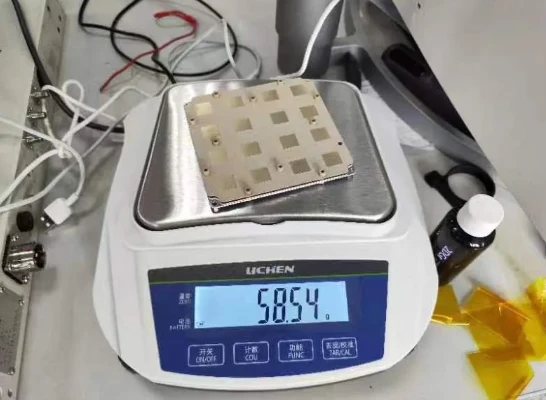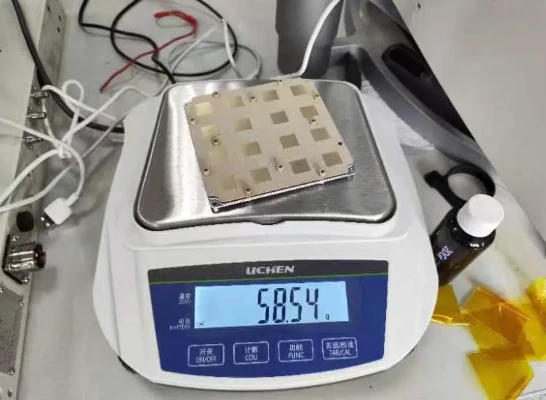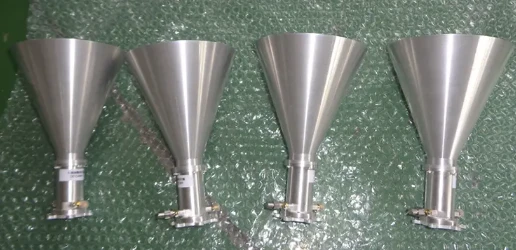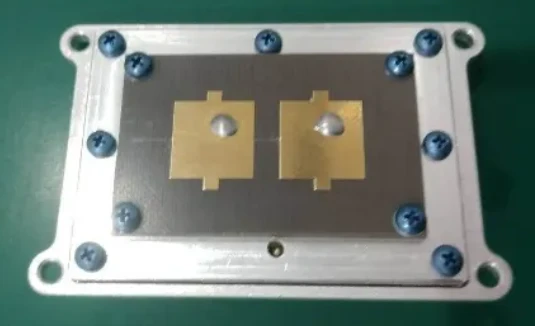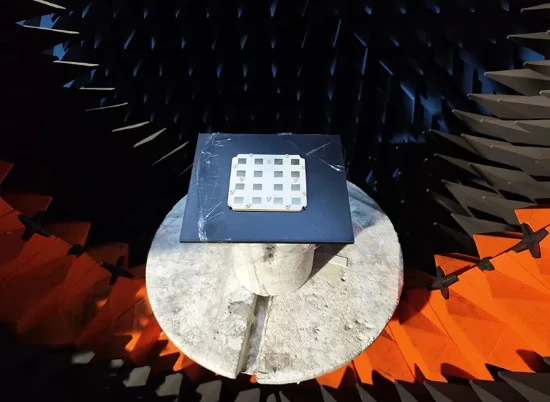
- አፍሪካዊ
- አልበንያኛ
- አማርኛ
- አረብኛ
- አርመንያኛ
- አዘርባጃኒ
- ባስክ
- ቤላሩሲያን
- ቤንጋሊ
- ቦስንያን
- ቡልጋርያኛ
- ካታሊያን
- ሴቡአኖ
- ቻይና
- ኮርሲካን
- ክሮኤሽያን
- ቼክ
- ዳኒሽ
- ደች
- እንግሊዝኛ
- እስፔራንቶ
- ኢስቶኒያን
- ፊኒሽ
- ፈረንሳይኛ
- ፍሪሲያን
- ጋላሺያን
- ጆርጅያን
- ጀርመንኛ
- ግሪክኛ
- ጉጅራቲ
- ሓይቲያን ክሬኦሌ
- ሃውሳ
- ሐዋያን
- ሂብሩ
- አይ
- ሚያኦ
- ሃንጋሪያን
- አይስላንዲ ክ
- igbo
- ኢንዶኔዥያን
- አይሪሽ
- ጣሊያንኛ
- ጃፓንኛ
- ጃቫኒስ
- ካናዳ
- ካዛክሀ
- ክመር
- ሩዋንዳኛ
- ኮሪያኛ
- ኩርዲሽ
- ክይርግያዝ
- የጉልበት ሥራ
- ላቲን
- ላትቪያን
- ሊቱኒያን
- ሉክዜምብርጊሽ
- ማስዶንያን
- ማላጋሲያ
- ማላይ
- ማላያላም
- ማልትስ
- ማኦሪይ
- ማራቲ
- ሞኒጎሊያን
- ማይንማር
- ኔፓሊ
- ኖርወይኛ
- ኖርወይኛ
- ኦሲታን
- ፓሽቶ
- ፐርሽያን
- ፖሊሽ
- ፖርቹጋልኛ
- ፑንጃቢ
- ሮማንያን
- ራሺያኛ
- ሳሞአን
- ስኮትላንዳዊ ጌሊክ
- ሰሪቢያን
- እንግሊዝኛ
- ሾና
- ስንድሂ
- ሲንሃላ
- ስሎቫክ
- ስሎቬንያን
- ሶማሊ
- ስፓንኛ
- ሱዳናዊ
- ስዋሕሊ
- ስዊድንኛ
- ታንጋሎግ
- ታጂክ
- ታሚል
- ታታር
- ተሉጉ
- ታይ
- ቱሪክሽ
- ቱሪክሜን
- ዩክሬንያን
- ኡርዱ
- ኡጉር
- ኡዝቤክ
- ቪትናሜሴ
- ዋልሽ
- እገዛ
- ዪዲሽ
- ዮሩባ
- ዙሉ
Advanced Communication Begins With Circular Microstrip Antennas And Transmission Systems
As wireless technologies advance rapidly across sectors—ranging from consumer electronics to aerospace—the need for efficient, lightweight, and versatile antenna designs has never been greater. Solutions like the circular microstrip antenna, broadband microstrip patch antenna, and TV transmission antenna are leading the transformation in how we send and receive data over the air.
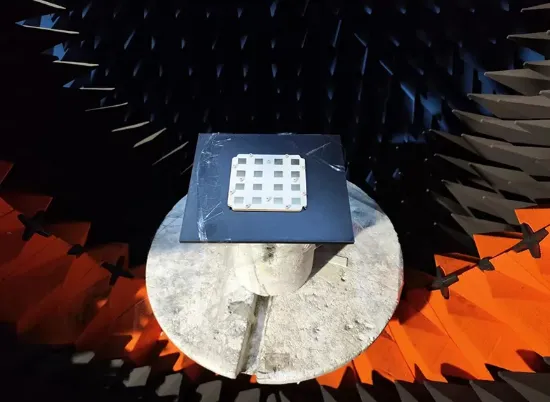
Whether you're developing smart home devices, upgrading broadcasting infrastructure, or engineering communication modules for drones and satellites, antenna design will significantly influence the performance and reach of your system.
Circular Microstrip Antenna: Ideal For Stable, Omnidirectional Coverage
The circular microstrip antenna is a widely used configuration that provides consistent radiation in all directions. Its symmetrical shape makes it highly effective for applications that require stable signal coverage, such as satellite tracking, GPS receivers, and telemetry systems. The circular microstrip patch antenna variation enhances this design with more predictable radiation patterns and reduced back lobe emissions.
Thanks to their compact size and easy integration into printed circuit boards, circular microstrip antennas are a preferred choice for engineers working in space-constrained environments without compromising signal integrity.
Boosting Bandwidth With Broadband Microstrip Antennas
Modern devices often need to operate across multiple frequency bands to ensure reliable performance. The broadband microstrip antenna and broadband microstrip patch antenna are engineered to meet this requirement by supporting wideband or multiband operation.
These antennas are particularly beneficial for base stations, 5G modules, UAVs, and IoT gateways, where signal flexibility is key. Unlike narrowband models, broadband microstrip antennas allow a single unit to serve multiple functions across wide frequency spectrums, reducing the need for multiple antenna components.
Their planar construction ensures they remain lightweight and cost-effective, while performance tuning can be easily achieved through patch shaping and substrate selection.
Traditional Transmission Antennas Remain Crucial In Broadcast Networks
Despite the rise of compact antenna designs, the traditional transmission antenna still plays a vital role in large-scale communication networks. A TV transmission antenna, for example, is essential in broadcasting high-definition digital television signals across vast regions. Likewise, a radio transmission antenna supports AM and FM radio services that still dominate rural and mobile markets globally.
These systems typically require large antennas with high gain and power-handling capabilities. Though larger in size, they ensure that signals maintain clarity and coverage over long distances—making them irreplaceable in national and regional broadcast infrastructures.
Whether it’s the compact and adaptable microstrip patch antenna or the large-scale efficiency of a TV transmission antenna, each antenna type has its place in the modern communication ecosystem. Circular microstrip patch antennas, broadband microstrip antennas, and aperture coupled microstrip antennas continue to push the boundaries of wireless design by offering high efficiency in minimal space.
In applications demanding directional stability, high bandwidth, or efficient large-scale signal transmission, the right antenna solution will significantly elevate system performance. Explore advanced antenna configurations like the 2.4 GHz microstrip patch antenna and radio transmission antenna to meet the needs of next-generation communication networks.






